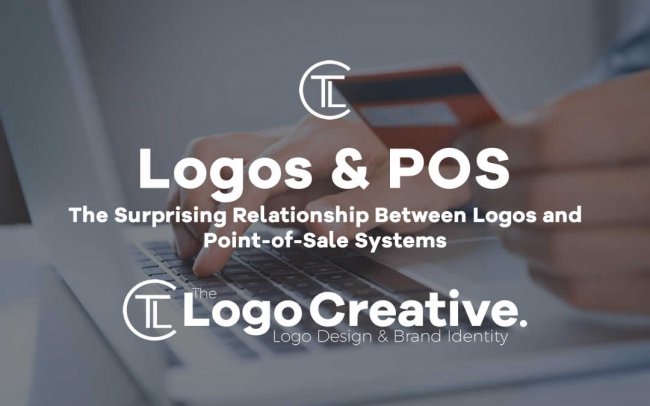What primary concepts come to mind when discussing the qualities of a memorable logo? Common answers include design, brand identity, and simplicity. When addressing modern point-of-sale platforms, are there any ideas which stand out? Read on to find out The Surprising Relationship Between Logos and Point-of-Sale Systems.
Most experts would cite ease of use, functionality, and flexibility. This is why it is quite surprising that these apparent polar opposites actually share a great deal of factors in common. In fact, the best POS systems incorporate brand identity within their framework. Why is this the case and what are a few takeaway points that every entrepreneur should realise?
More Than Brand Perception Alone
One common and unfortunate misconception is that a point-of-sale system represents an entirely separate portion of a website. This likely arises from the fact that it (apparently) serves a single purpose: to provide an expedited checkout process. However, consider for a moment larger portals such as Amazon and eBay. One of the reasons why they are trusted by millions of users from around the world is that their point-of-sale platforms are recognisable due to the branding contained within.
In other words, a logo should be present on every page of a website; not only within locations associated with branded products and services. Customers love a sense of uniformity and should a virtual checkout page appear entirely different from the remainder of the website, a sale could very well be lost. Still, it is often difficult to fully understand how these two concepts can be used in synergy to produce quantifiable results. Industry experts have carefully considered this concept and as a result, a host of user-friendly options are now available.
Bringing Two Seemingly Disparate Concepts Together
Although generic e-commerce platforms may be commonplace, they are fraught with inefficiencies. One of the most prominent is the inability to add logos and branding to their framework. Some of the most relevant examples can be seen when examining the options offered by hosting services such as WordPress. Not only are cookie-cutter methods extremely basic in terms of functionality, but they leave much to be desired in terms of logo design.
What is required is a solution which embraces a superior sense of agility. Point-of-sale solutions should be associated with the needs of the business as opposed to the other way around. Anything less will ultimately detract from the brand identity and once again, a sale could be sacrificed as a result. Providers such as Shopify have learned to successfully bridge this gap while simultaneously providing user-friendly solutions to enterprise-level firms.
It is easy to incorporate branding into these pages and above all, their sense of functionality will remain fully intact. Customers will remain confident in what is being offered by the company and as a result, there will be no hesitance when committing to future purchases. Of course, this is only one of the advantages associated with such cutting-edge e-commerce software. Logos can often determine the success of a firm, so it only makes sense that these visual stimuli are present throughout a website.

